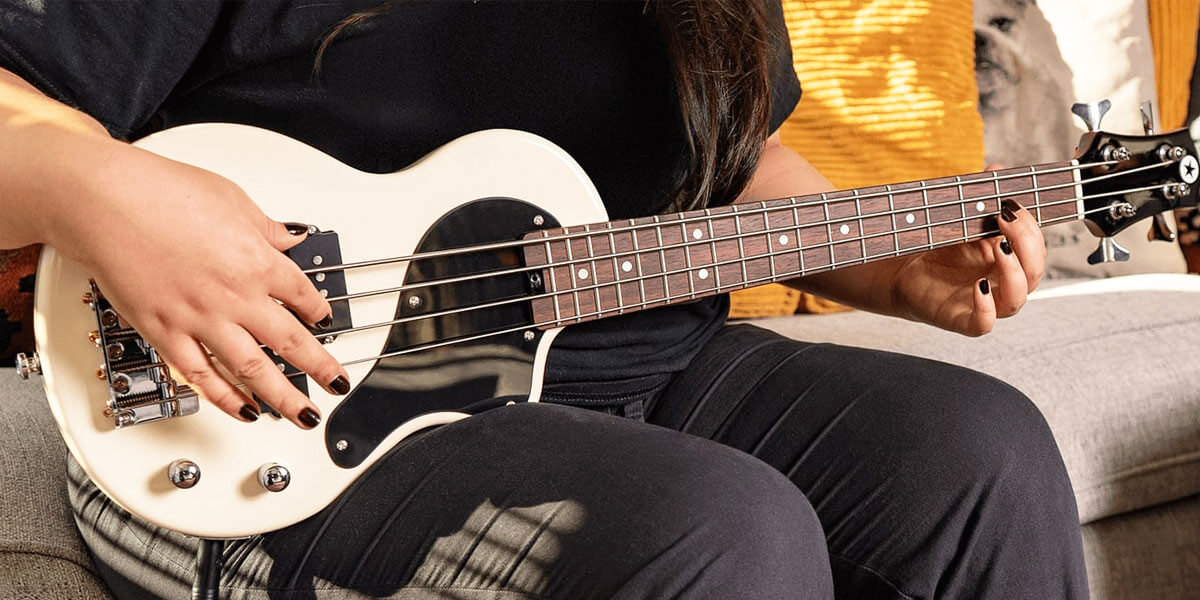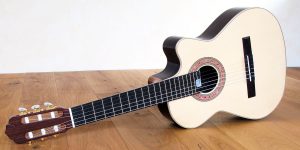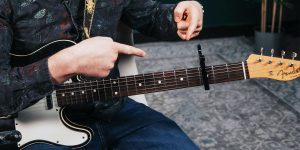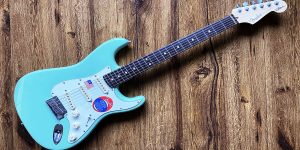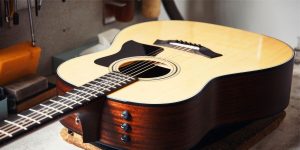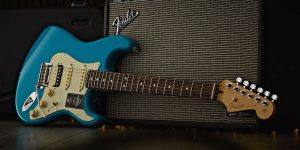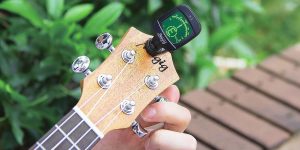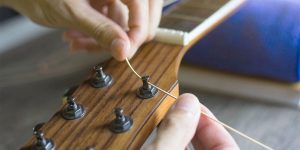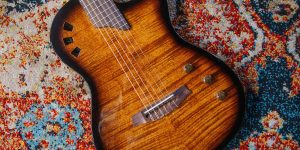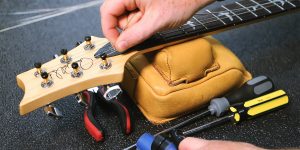If you’re a guitar enthusiast, you’ve likely heard about fret wear guitar issues and wondered how it affects your music. This is a common problem encountered by many guitarists, where the frets – the metal strips found along the neck of the guitar – begin to wear down over time, or what we call “guitars fret wear over time”. This wear can significantly influence both the sound and playability of your instrument. Different factors contribute to fret wear, and understanding these can help you find solutions to prolong the lifespan of your guitar frets or, in other words, to prevent guitar frets from wearing.
Understanding guitar fret wear
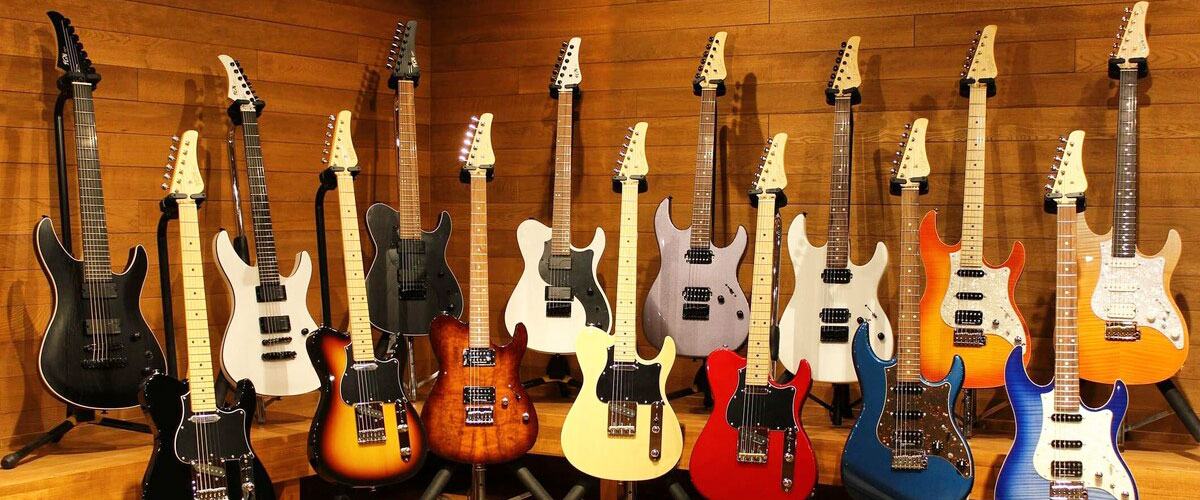
Guitar fret wear refers to the gradual degradation of the metal frets on a guitar’s neck. Frets are subjected to constant pressure and friction from the guitar strings, which can cause them to become flattened or indented over time. Based on my experience, I can claim that this wear can impact intonation, cause buzzing sounds, and even affect the guitar’s action, making it harder to play. As a guitarist, understanding fret wear is crucial to maintaining your instrument’s optimal performance and preserving its tonal quality.
Common causes of fret wear
When examining the causes of fret wear, four main factors usually come to the forefront:
- String contact and pressure: Each time you press a string against a fret, it causes a small amount of wear.
- String material and gauge: The type of strings used can significantly affect fret wear. For instance, steel strings can wear down frets faster than nylon ones due to their hardness.
- Playing technique and frequency: How and how often you play your guitar can impact fret wear. Aggressive techniques, like hard bending and frequent playing, tend to speed up the wear process.
- Environmental factors: Environmental conditions, such as humidity and temperature, can affect the guitar’s wood and metal components, including the frets.
Types of fret wear
Different types of fret wear can be observed in the lifespan of a guitar. Here are some of the most common types:
- Normal wear (flattening and dents): Over time, regular play leads to the gradual flattening and indentation of frets due to constant pressure from the strings.
- Grooves and slices: Grooves or slices on the frets can occur from aggressive playing techniques or the consistent use of certain chords and scales.
- Fret corrosion and pitting: Fret corrosion involves a gradual degradation of the fret metal, while pitting is a more localized form of corrosion.
Signs and effects of fret wear
Fret wear manifests itself through various visual indicators and changes in playability and sound:
Visual indicators: The most obvious signs of fret wear are visible changes on the frets themselves. These can include dents or indentations, grooves, and discoloration.
Effects on playability and sound: Fret wear can also directly impact how the guitar plays and sounds. The most common issues are problems with intonation, action (the distance between the strings and the fretboard), sustain (the duration of a note), and overall tone.
Potential problems and issues: Fret wear can lead to a host of issues, such as fret buzzing, uneven frets, and string slippage. String slippage, where the string slides under the finger during bends due to worn-down frets, can be particularly frustrating for guitarists. This is often referred to as “fretting out”.
Preventing guitar fret wear
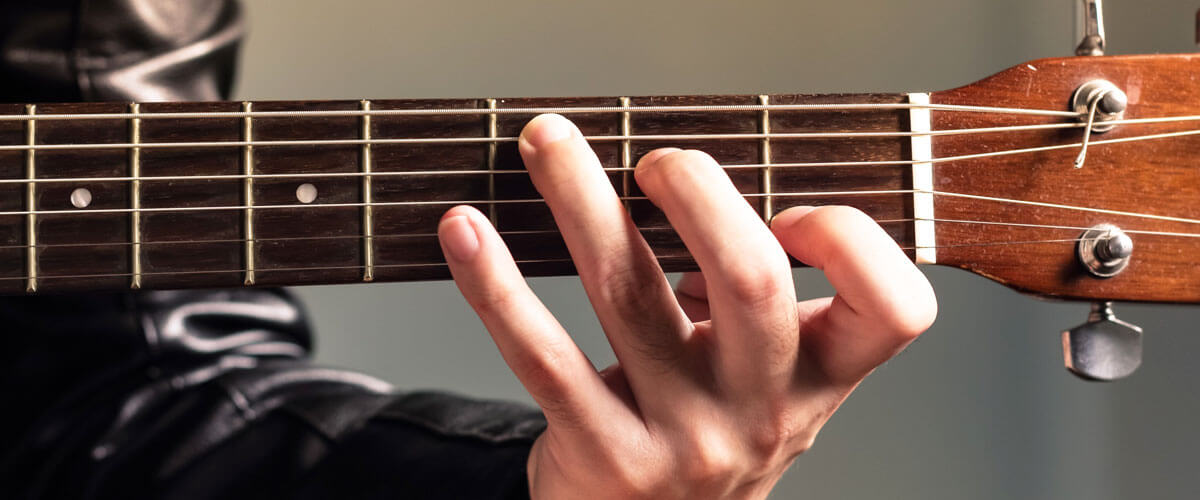
Preventing fret wear is essential to preserving your guitar’s lifespan and maintaining its sound quality. Here are some practical strategies:
- String maintenance: Regularly clean and change your strings to reduce the pressure and friction on your frets.
- String winding technique: Properly wind your strings to reduce unnecessary stress on the frets.
- Playing technique and habits: Practice good finger positioning and avoid excessive string bending or aggressive play. Alternate your fret positions and use of strings to evenly distribute wear.
- Guitar setup and maintenance: Ensure proper string action and relief to reduce stress on the frets. Regularly clean and polish your frets to remove dirt and oils that can accelerate wear. Consider professional services like fret leveling and crowning to maintain the condition of your frets.
- Environmental considerations: Control humidity and temperature levels where your guitar is stored to prevent fret sprouting or shrinkage. Use guitar cases or humidifiers to protect your instrument.
Fret repair and maintenance
So, how long do frets last? Understanding this is crucial for any guitarist. Proactive fret maintenance can mitigate fret wear, but there comes a time when repairs are necessary to address worn guitar frets. Here’s how you can approach it:
- DIY fret maintenance: You can undertake simple maintenance tasks like cleaning and polishing frets yourself. Conditioning and lubricating the fretboard can also be done at home to prevent premature fret wear.
- Professional care: For more complex issues, professional services are the way to go. These can include fret leveling, crowning, and finishing to rectify worn or uneven frets. In severe cases of fret wear, a complete fret replacement or refretting might be necessary. Always seek a reputable guitar technician or luthier for such tasks to ensure the best care for your instrument.

